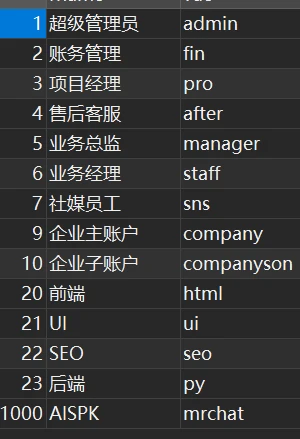



Effective Chemicals for Water Disinfection and Their Applications in Purification
Chemicals That Disinfect Water Ensuring Safe and Clean Drinking Water
Water is essential for life, and ensuring its cleanliness is a fundamental requirement for public health. Contaminated water sources can lead to a myriad of health issues, making disinfection a crucial process. Various chemicals are utilized to disinfect water, each with its unique properties, advantages, and disadvantages. This article explores some of the most commonly used chemicals in water disinfection.
Chlorine The Traditional Choice
Chlorine is perhaps the most widely used chemical for water disinfection. Its effectiveness in killing pathogens, such as bacteria and viruses, makes it a staple in both municipal water treatment facilities and private water systems. Chlorine works by penetrating the cell walls of microorganisms, leading to their destruction.
One of the significant benefits of chlorine is its residual effect. Even after initial treatment, chlorine remains in the water, providing ongoing disinfection as water travels through pipes to consumers. However, chlorine can react with organic matter in the water, producing byproducts known as trihalomethanes (THMs) that may pose health risks when consumed in large quantities. Thus, while chlorine is effective, its use must be carefully monitored.
Chloramine A Safer Alternative?
To address concerns related to chlorine byproducts, many municipal water systems have turned to chloramine, a compound formed by the combination of chlorine and ammonia. Chloramine also provides residual disinfection but is less reactive with organic materials, which helps minimize the formation of THMs and other harmful byproducts.
However, chloramine does have its drawbacks. It is less effective than chlorine at killing certain pathogens and requires a longer contact time to achieve complete disinfection. Additionally, some individuals may be sensitive to chloramine, so its use can be controversial.
Ozone The Powerful Oxidizer
Ozone (O₃) is another powerful disinfectant used in water treatment. As a strong oxidizing agent, ozone can effectively kill bacteria and viruses, and it decomposes quickly, leaving no harmful residues in the water. This characteristic makes ozone an appealing option for disinfection, especially in situations where chemical residues are a concern.
chemicals that disinfect water

The use of ozone, however, comes with significant costs and operational challenges. Ozone must be generated on-site, requiring specialized equipment and technical expertise. Additionally, because ozone is unstable, it must be consumed quickly after generation, which can be logistically challenging in large-scale water treatment systems.
Ultraviolet (UV) Light A Chemical-Free Alternative
While not a chemical in the traditional sense, ultraviolet (UV) light is an increasingly popular method for disinfecting water. UV light disrupts the DNA of microorganisms, effectively rendering them unable to reproduce or cause infection. One of the major advantages of UV disinfection is that it does not introduce any chemicals, thus eliminating concerns about chemical byproducts.
However, UV disinfection has its limitations. The process requires clear water, as turbidity can shield microorganisms from UV light, making it less effective. Moreover, UV treatment does not provide any residual disinfection, so once the water leaves the treatment facility, it can become re-contaminated during distribution.
Hydrogen Peroxide A Green Disinfectant
Hydrogen peroxide (H₂O₂) is gaining traction as an eco-friendly disinfectant option. It decomposes into water and oxygen, leaving no harmful residues. Hydrogen peroxide is effective against a wide range of pathogens and is particularly beneficial in treating water with high levels of organic material.
However, hydrogen peroxide must be handled with care, as it can be unstable in high concentrations. Additionally, its residual disinfecting properties are limited, requiring careful consideration of its application in various water treatment scenarios.
Conclusion
The choice of chemical disinfectants for water treatment depends on various factors, including the specific contaminants present, cost, and regulatory requirements. While chlorine remains the most widely used disinfectant, alternatives such as chloramine, ozone, UV light, and hydrogen peroxide offer varying benefits and challenges. As water quality standards continue to evolve and public awareness of health concerns grows, the future of water disinfection will likely see a continued exploration of more effective, safe, and sustainable approaches to ensuring that everyone has access to clean, safe drinking water.
-
Why Sodium Persulfate Is Everywhere NowNewsJul.07,2025
-
Why Polyacrylamide Is in High DemandNewsJul.07,2025
-
Understanding Paint Chemicals and Their ApplicationsNewsJul.07,2025
-
Smart Use Of Mining ChemicalsNewsJul.07,2025
-
Practical Uses of Potassium MonopersulfateNewsJul.07,2025
-
Agrochemicals In Real FarmingNewsJul.07,2025
-
Sodium Chlorite Hot UsesNewsJul.01,2025










